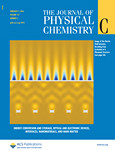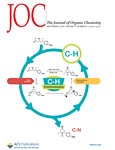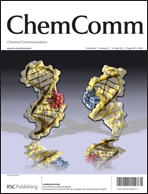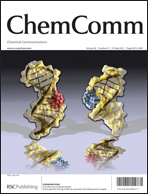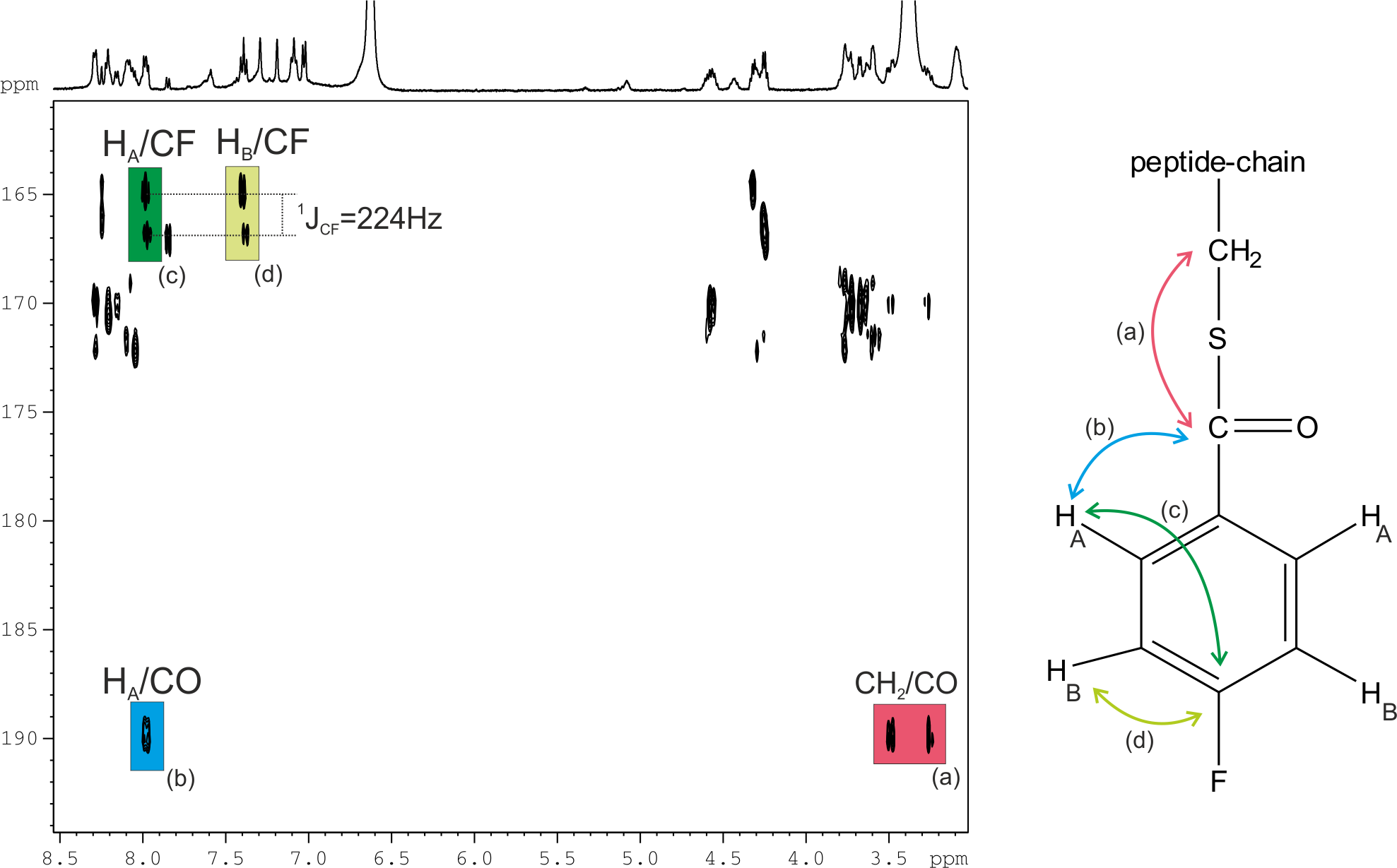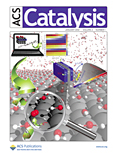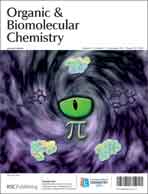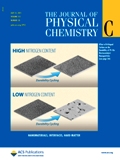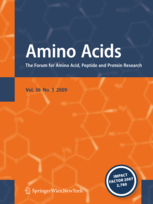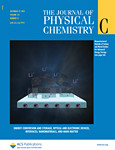 “Chemical State, Distribution and Role of Ti- and Nb-Based Additives on the Ca(BH4)2 System” by Christian Bonatto Minella, Eva Pellicer, Emma Rossinyol, Fahim Karini, Claudio Pistidda,Sebastiano Garroni, Chiara Milanese, Pau Nolis, Maria Dolors Baró, Oliver Gutfleisch, Klaus Pranzas, Andreas Schreyer, Thomas Klassen, Rüdiger Bormann and Martin Dornheim. The Journal of Physical Chemistry C. 117:4394-4403 (2013). DOI: 10.1021/jp3116275
“Chemical State, Distribution and Role of Ti- and Nb-Based Additives on the Ca(BH4)2 System” by Christian Bonatto Minella, Eva Pellicer, Emma Rossinyol, Fahim Karini, Claudio Pistidda,Sebastiano Garroni, Chiara Milanese, Pau Nolis, Maria Dolors Baró, Oliver Gutfleisch, Klaus Pranzas, Andreas Schreyer, Thomas Klassen, Rüdiger Bormann and Martin Dornheim. The Journal of Physical Chemistry C. 117:4394-4403 (2013). DOI: 10.1021/jp3116275
Light metal tetrahydroborates are regarded as promising materials for solid state hydrogen storage. Due to both a high gravimetric hydrogen capacity of 11.5 wt. % and an ideal de-hydrogenation enthalpy of 32 kJ mol-1 H2, Ca(BH4)2 is considered to be one of the most interesting compounds in this class of materials. In this work, a comprehensive investigation of the effect of different selected additives (TiF4, NbF5, Ti-isopropoxide and CaF2) on the reversible hydrogenation reaction of calcium borohydride is presented combining different investigation techniques. Continue reading Additives on the Ca(BH) system
